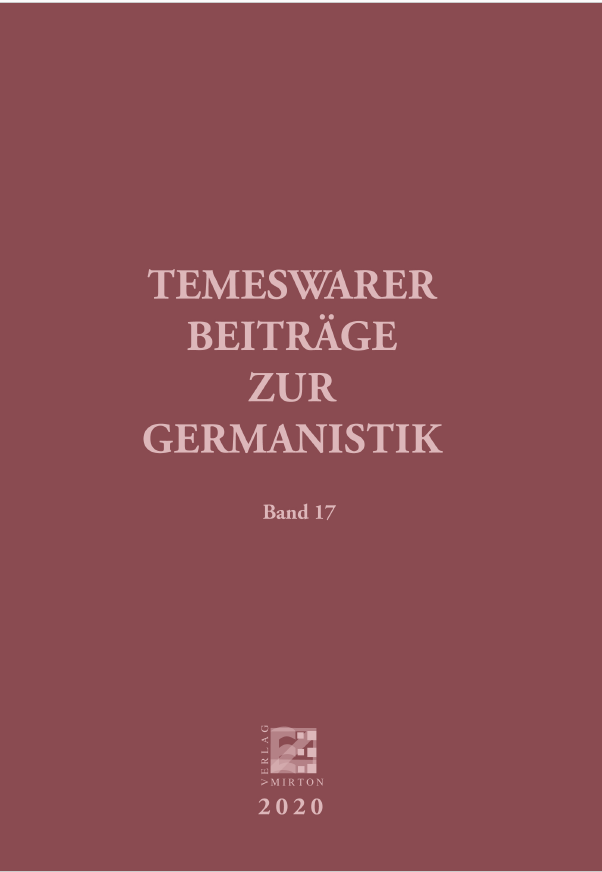Die Anfänge der Frauenemanzipation bei den Siebenbürger Sachsen
The beginnings of women's emancipation among the Transylvanian Saxons
Author(s): Gudrun-Liane IttuSubject(s): History, Social history, Gender history, Culture and social structure , 19th Century
Published by: Editura Mirton
Keywords: Transylvanian Saxons; Austro-Hungarian Compromise; emancipation of women; Lutheran Church; General Association of Lutheran Women; education; professions; liberation from men’s dependency;
Summary/Abstract: After the Austro-Hungarian Compromise (1867), the Transylvanian Saxons’ community faced a lot of changes, as they lost their political role and became a minority in the Hungarian state. Under these new circumstances, the Lutheran Church – almost all Saxons belonged to it – assumed not only the role of spiritual leader of its subjects but also that of political representation. Consequently, even important processes of modernization such as girls’ education and women’s emancipation occurred (paradoxical) under the guidance of the church. During the last quarter of the 19th century some ideas from Western Europe concerning women’s emancipation found their way to Transylvania, but only two of them – a better education for girls and the possibility for women to be trained to practice a profession – became priorities. In 1884 the General Association of Lutheran Women was founded, and its Sibiu branch started to ran three vocational schools which until WWI had an essential role in liberating women from men’s dependency.
Journal: Temeswarer Beiträge zur Germanistik
- Issue Year: 2020
- Issue No: 17
- Page Range: 243-260
- Page Count: 18
- Language: German

